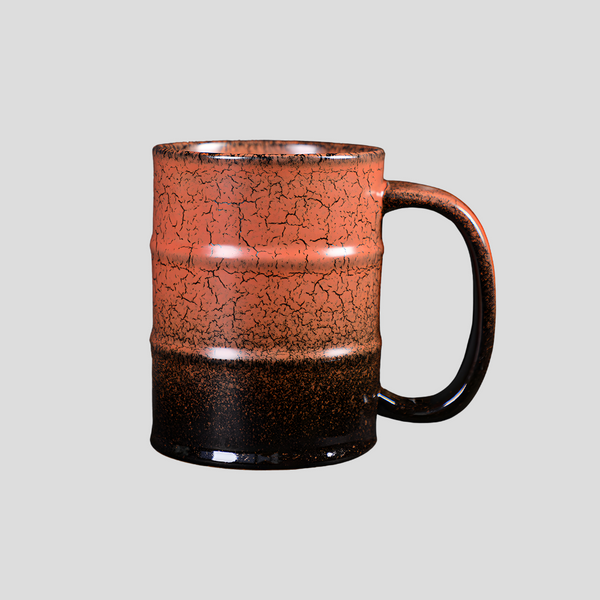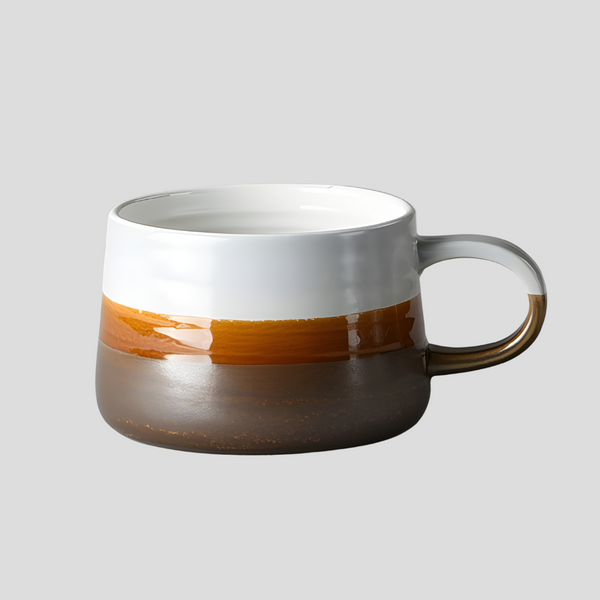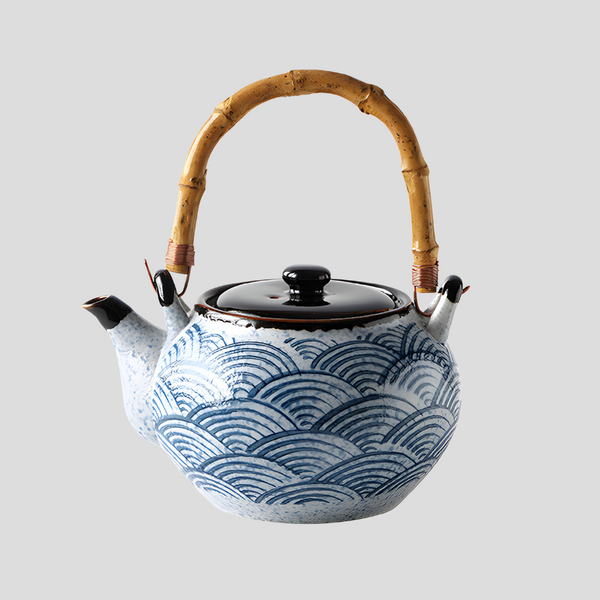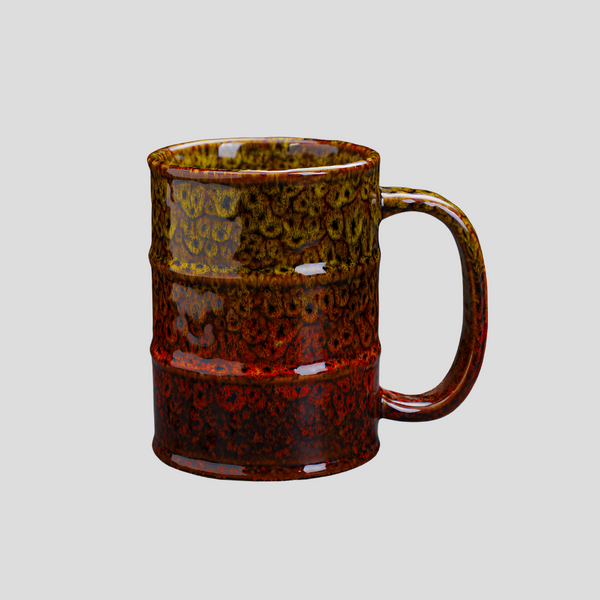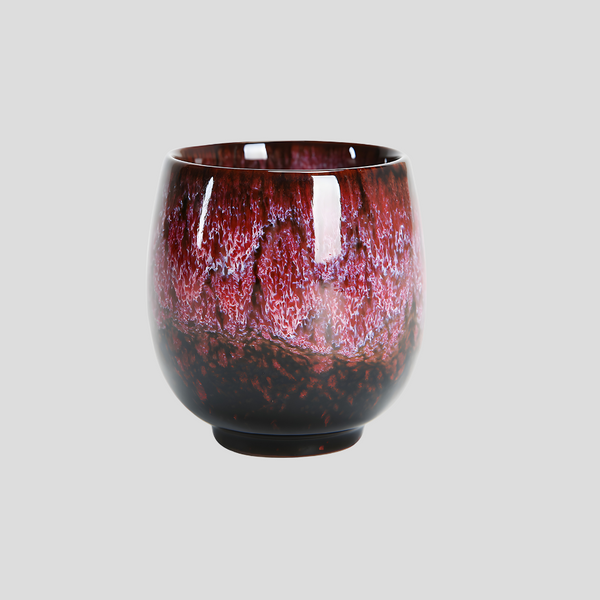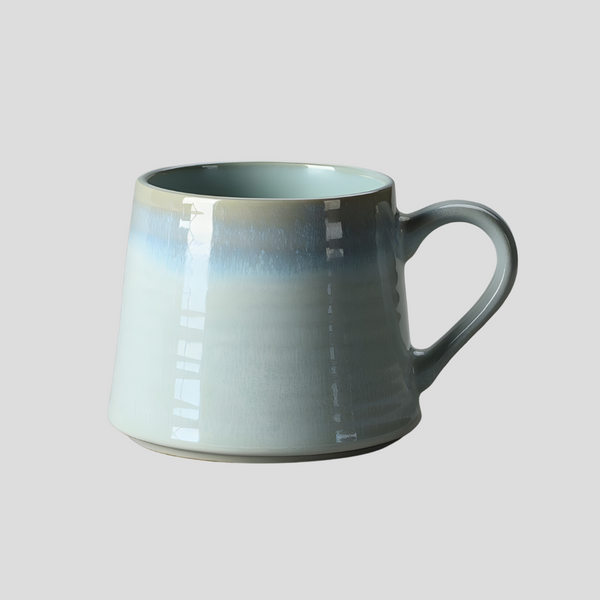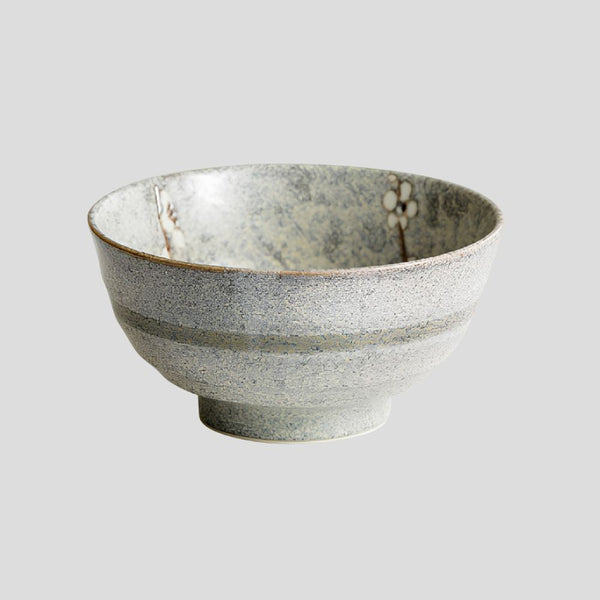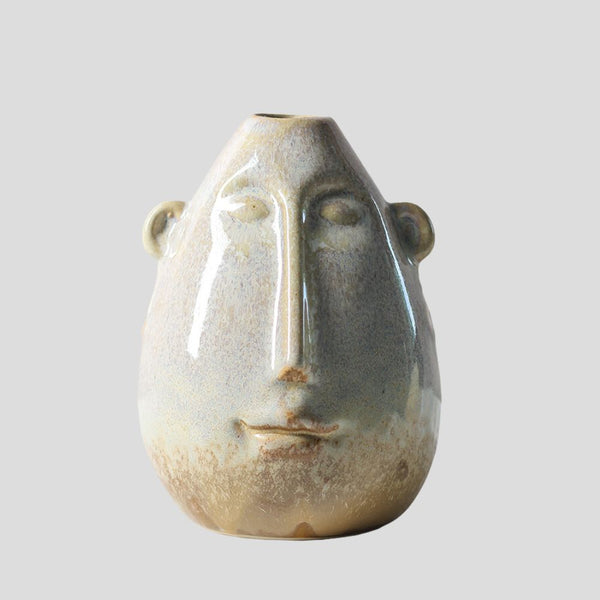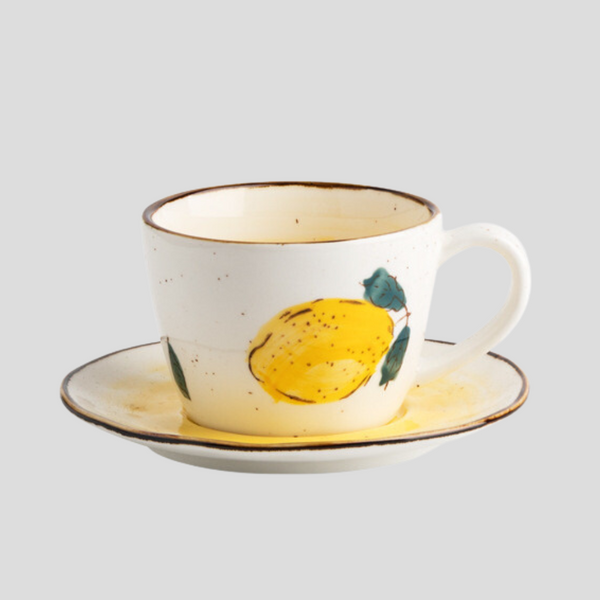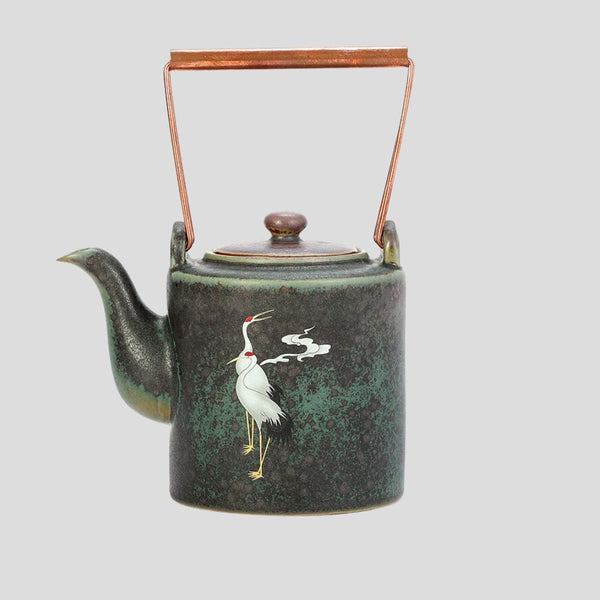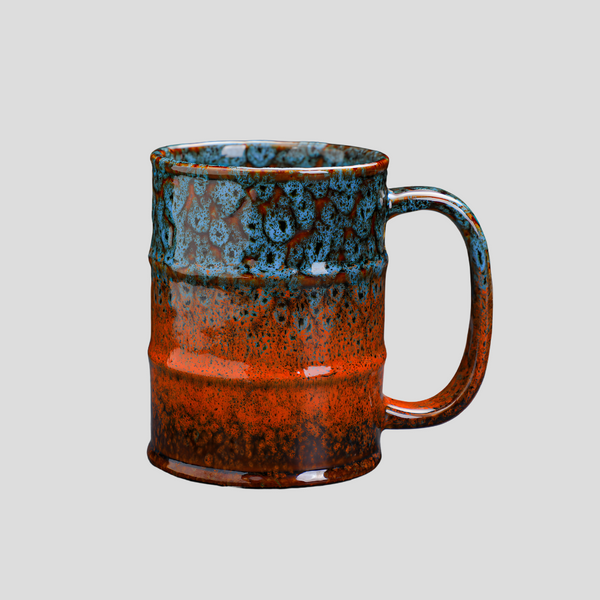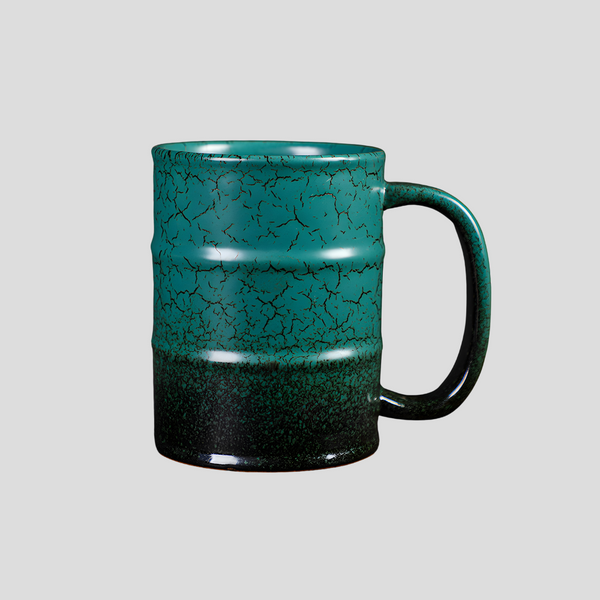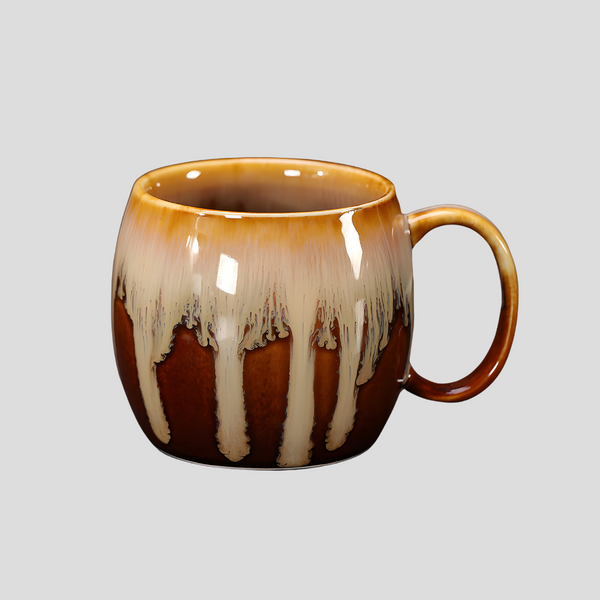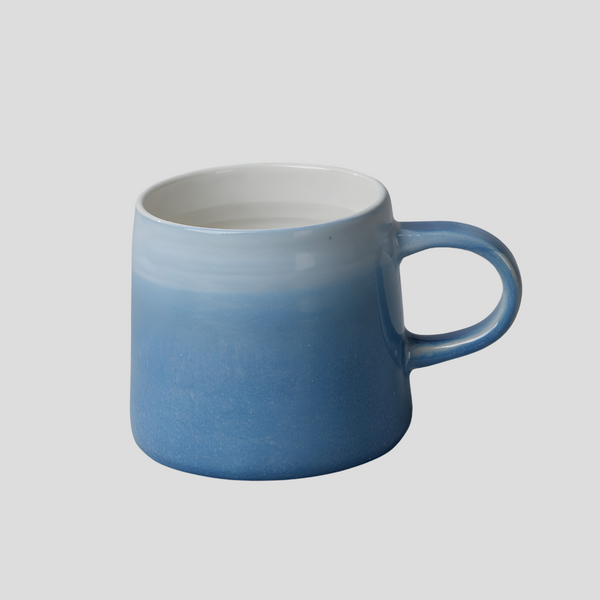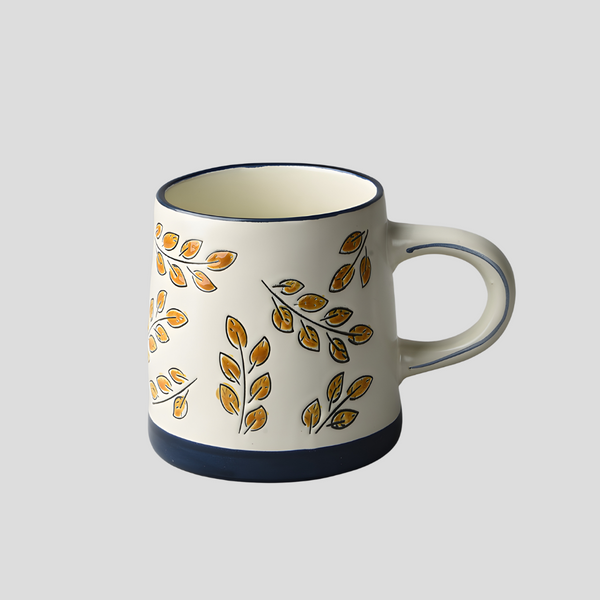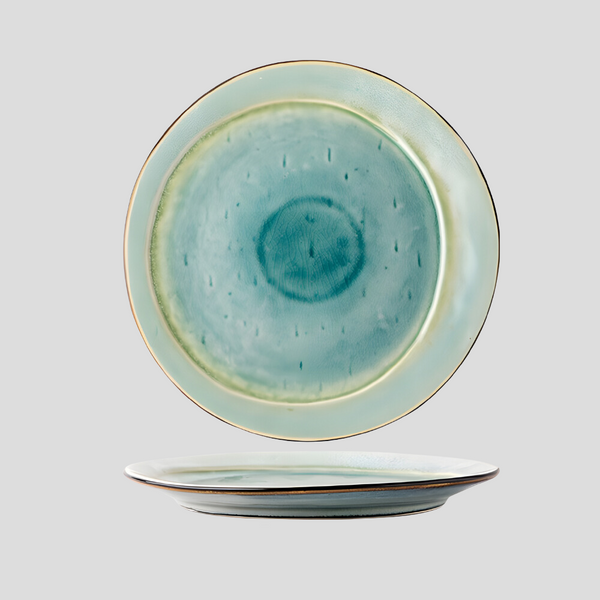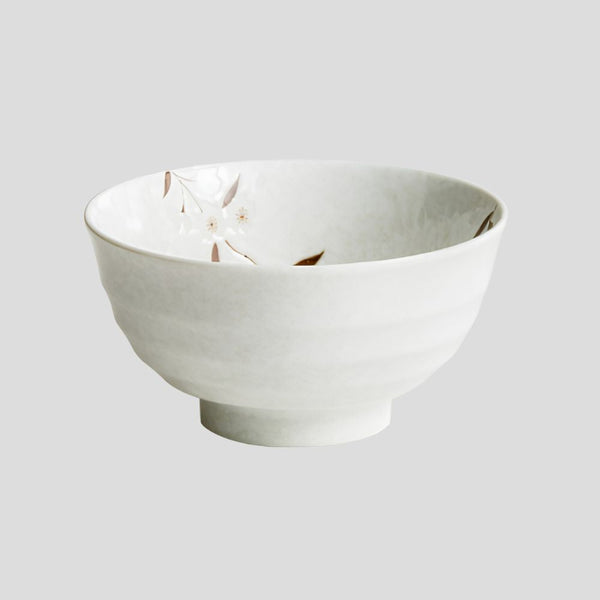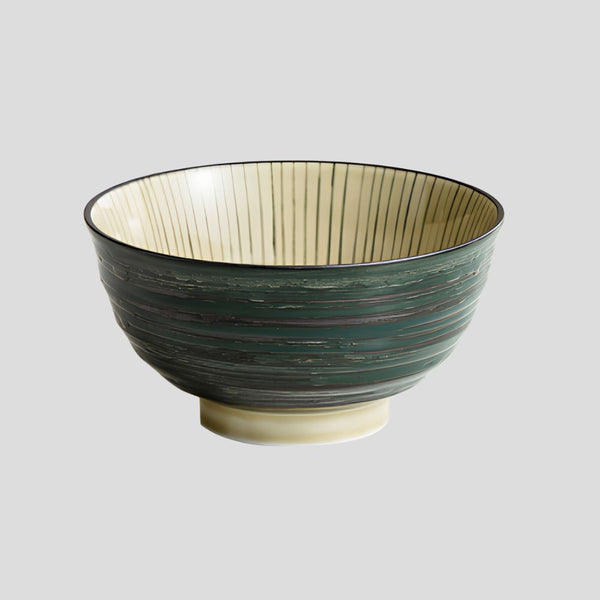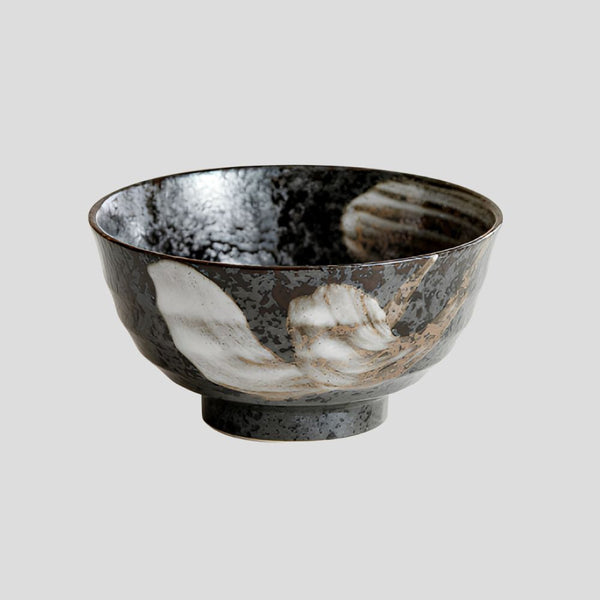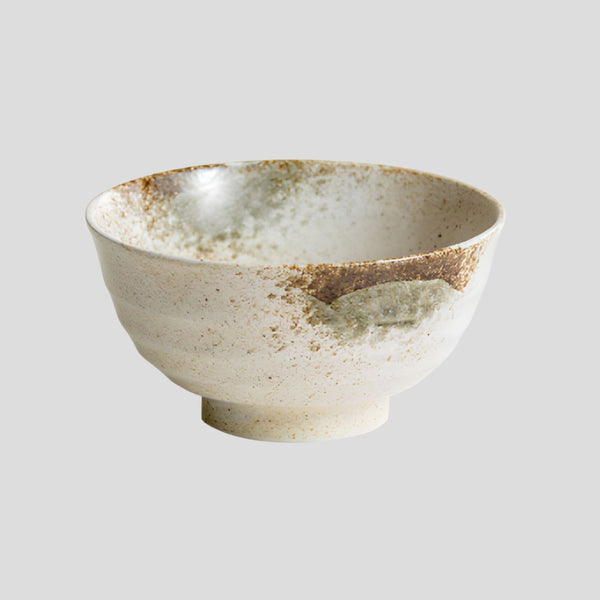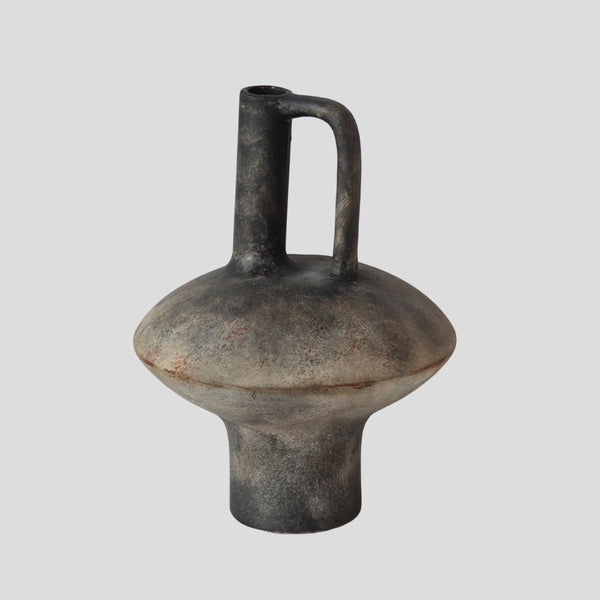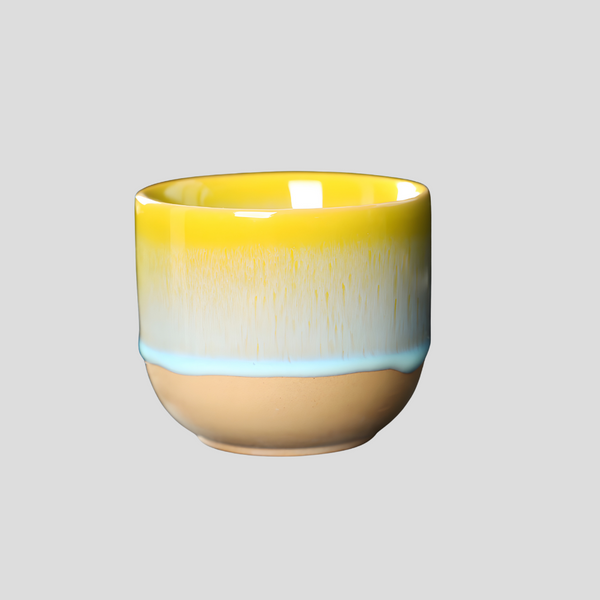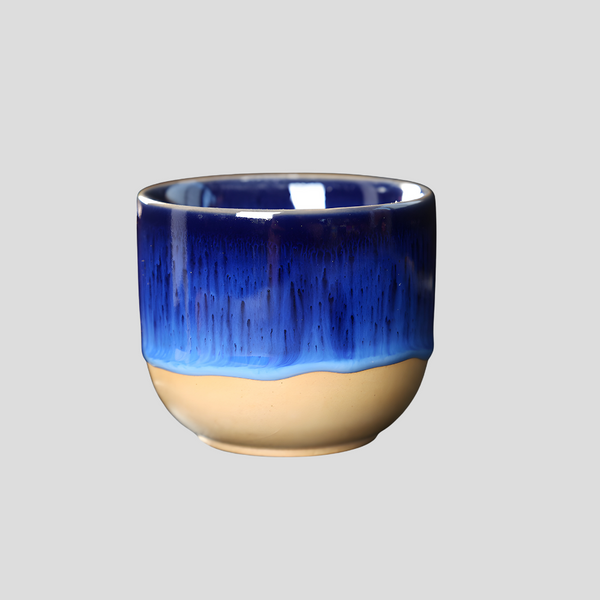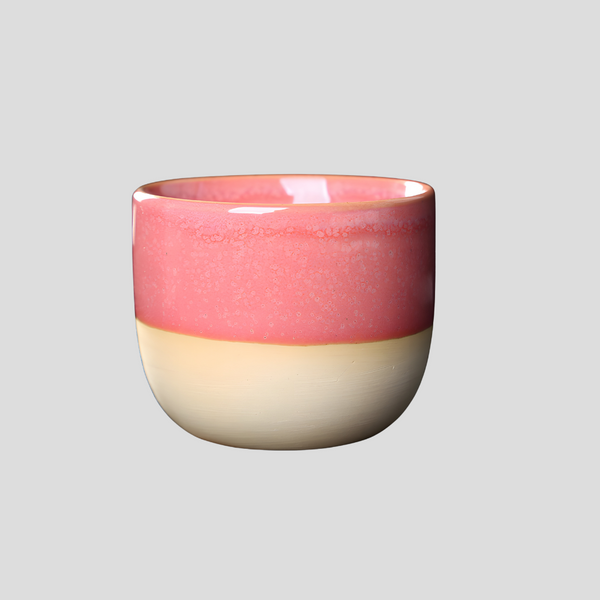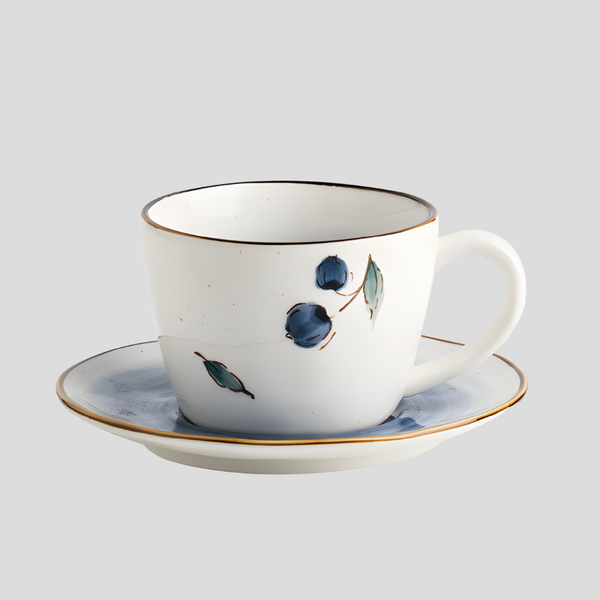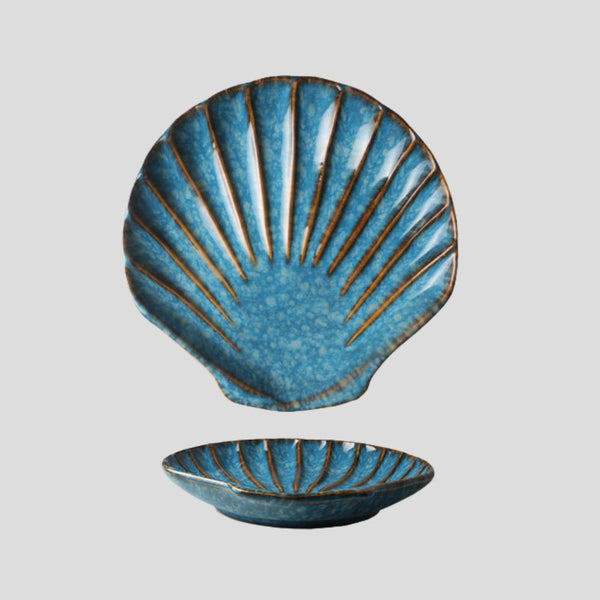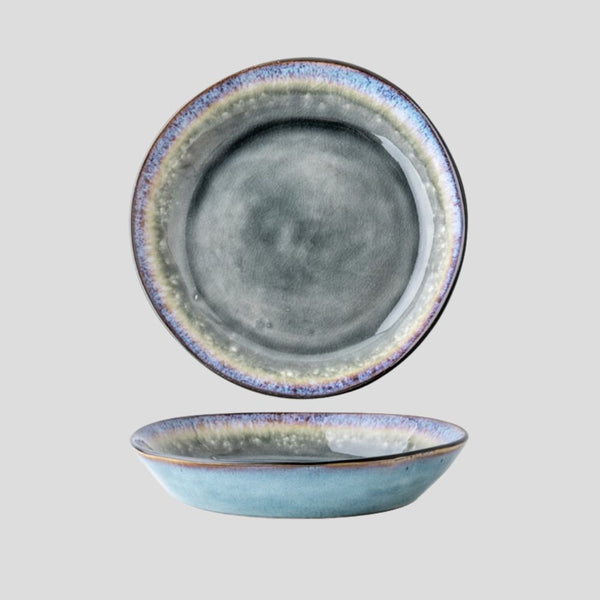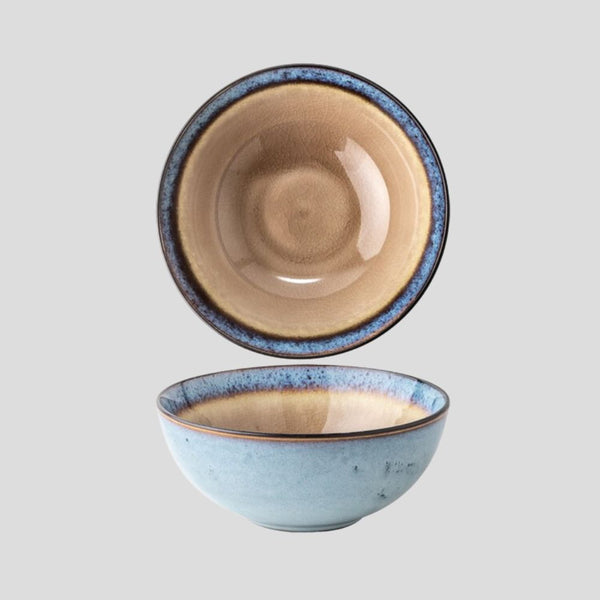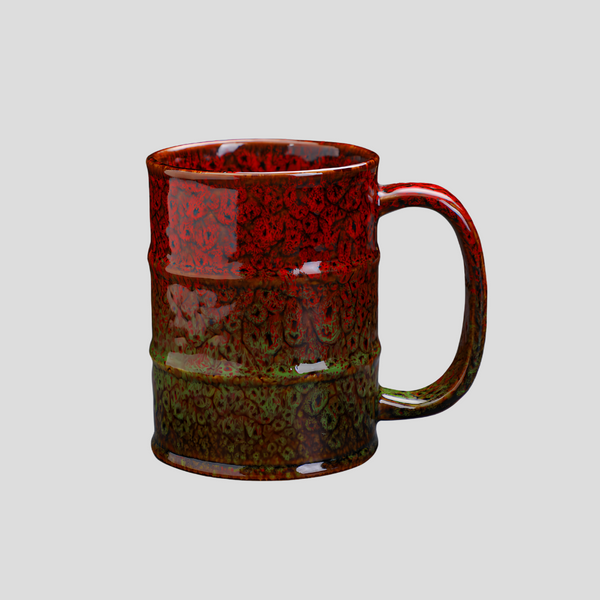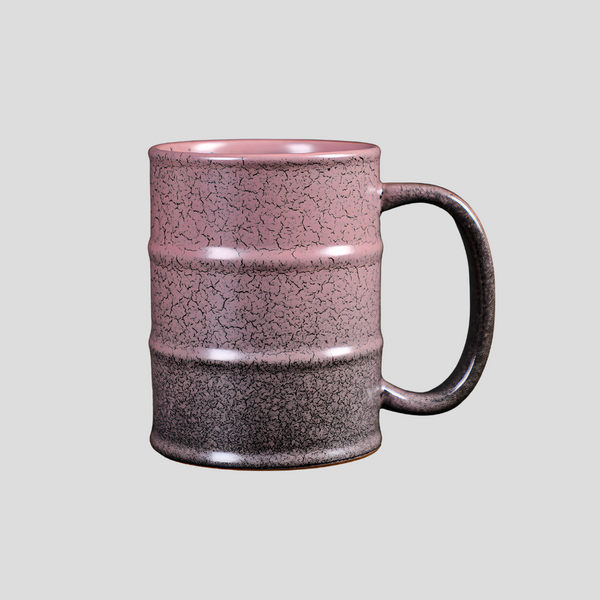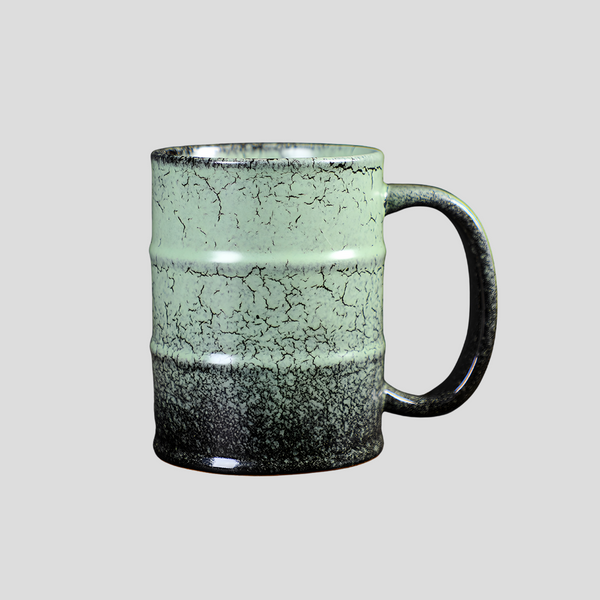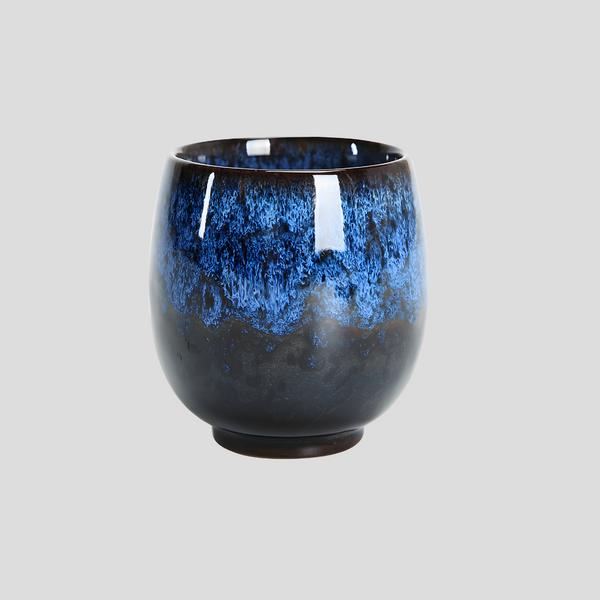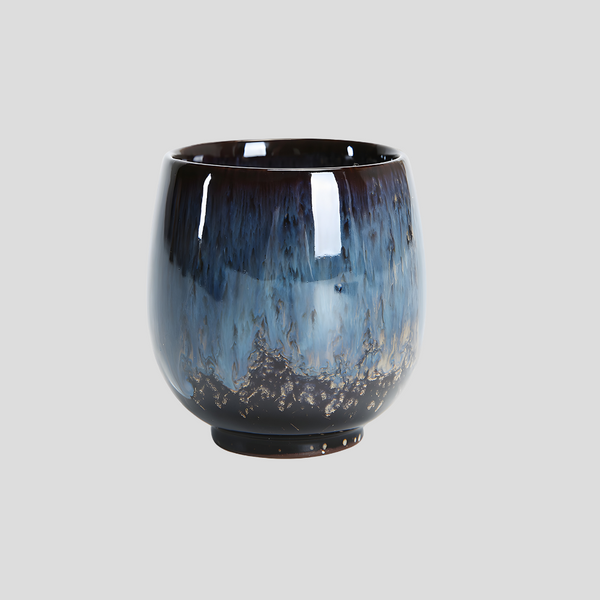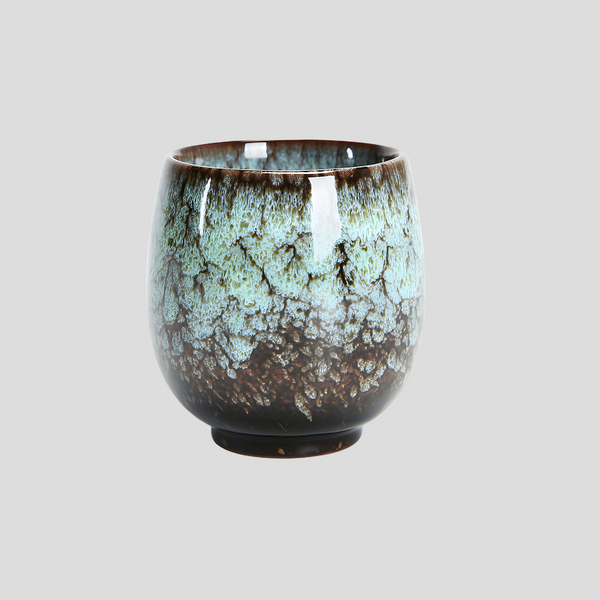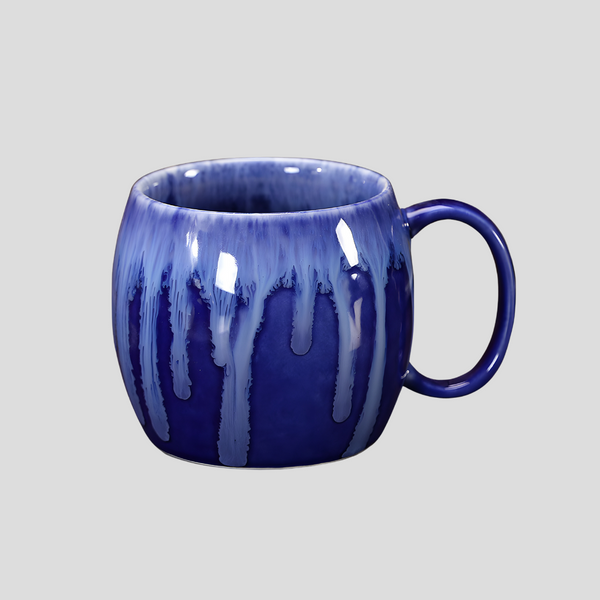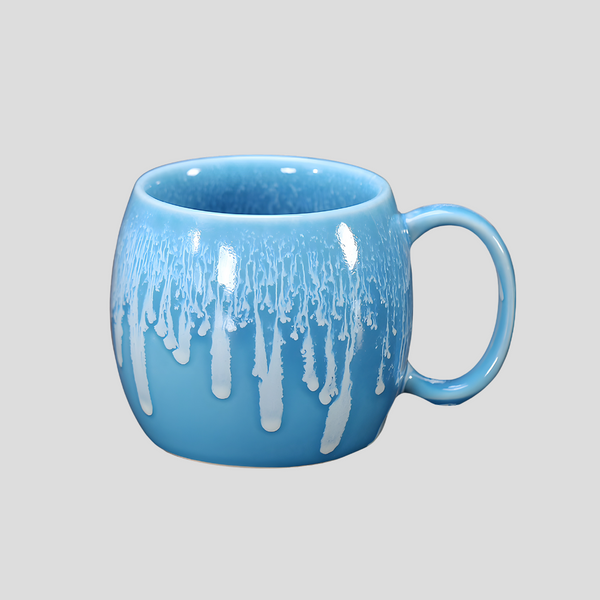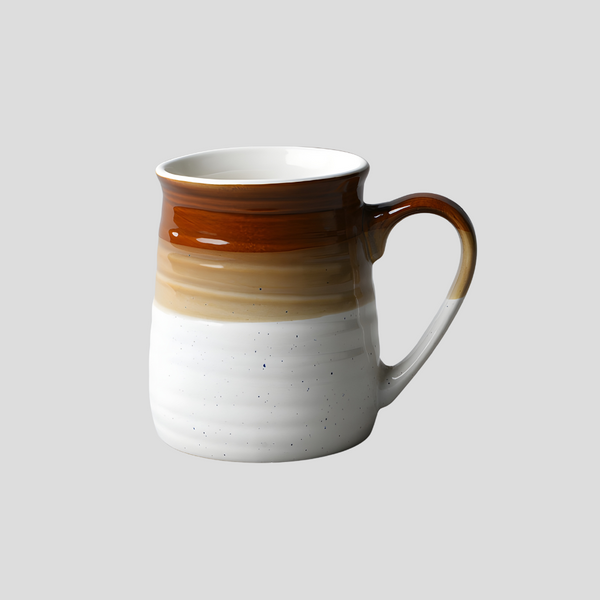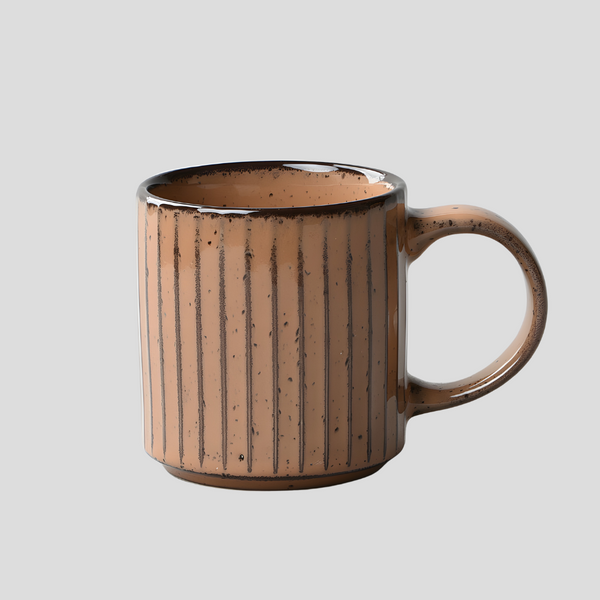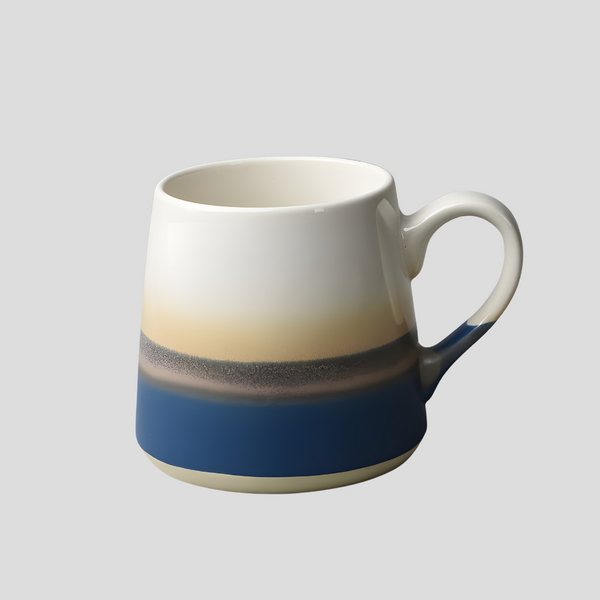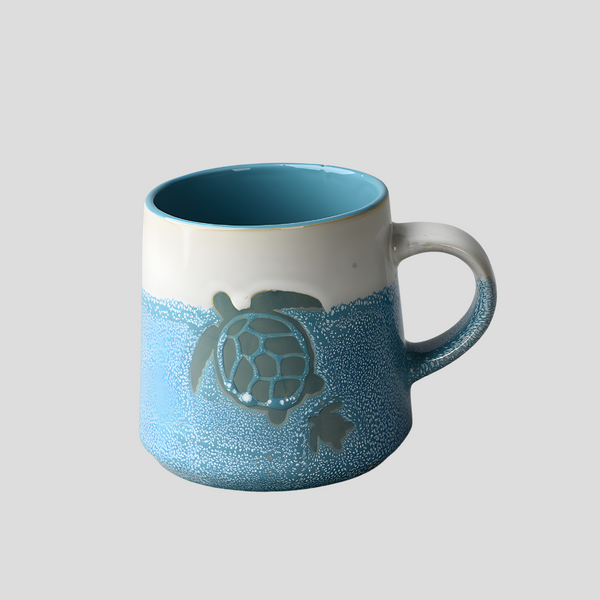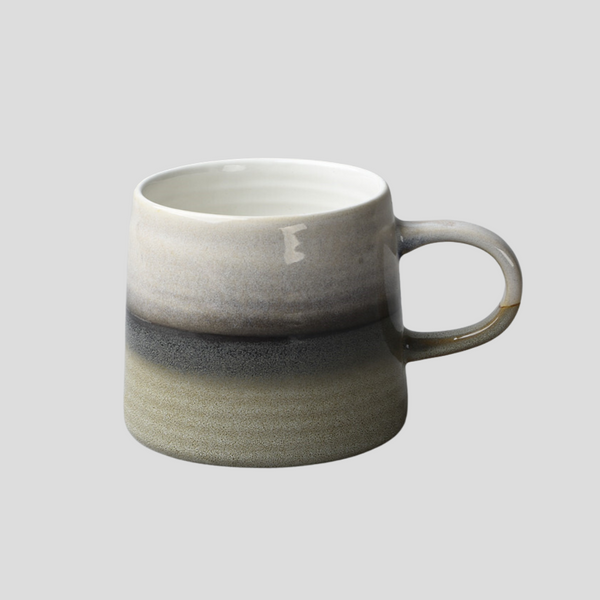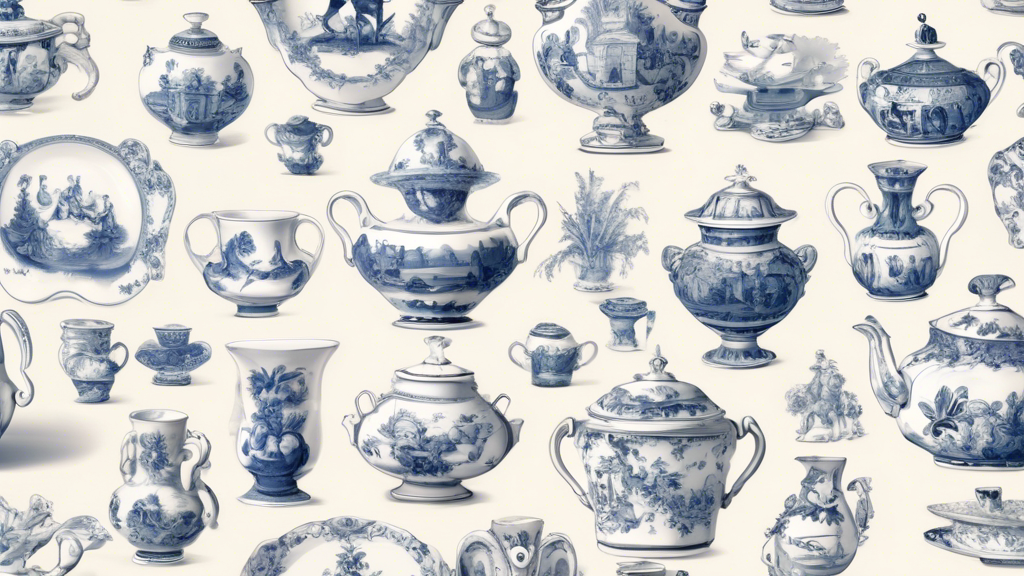
European Porcelain: A Brief History
European Porcelain: A Tapestry of Innovation and Artistry
The Quest for White Gold
The story of European porcelain begins with a centuries-old fascination for the fine, white pottery that was imported from China. Coveted for its beauty and translucence, this white gold inspired a quest among European alchemists and artisans to unlock the secret of its creation. The breakthrough came in the early 18th century, marking the dawn of a new era in European ceramic art.
The Meissen Revolution
It was in Germany, at the Meissen manufactory near Dresden, that European porcelain made its grand debut. In 1708, Johann Friedrich Böttger, alongside the alchemist Ehrenfried Walther von Tschirnhaus, successfully created the first true European hard-paste porcelain. This achievement not only ended Europe's reliance on imported porcelain but also sparked a continent-wide porcelain mania. The Meissen manufactory became famous for its exquisite pieces, from dinnerware adorned with intricate paintings to delicate figurines. Its signature marking, the Crossed Swords, is among the oldest trademarks in existence and symbolizes the high quality and artistry that European porcelain came to represent.
The Spread Across Europe
The success of Meissen was the catalyst for the establishment of other porcelain manufactories across Europe. Each brought its own unique style and innovations, contributing to the rich diversity of European porcelain. Notable centers of production included Sèvres in France, known for its soft-paste porcelain and vibrant colors; the Royal Porcelain Factory in Berlin, famed for its elegant and detailed pieces; and the Royal Worcester in England, which became renowned for its porcelain featuring rich royal blue backgrounds and meticulous gilding.
Innovation and Artistry
The evolution of European porcelain saw a remarkable synergy of scientific innovation and artistic expression. The development of soft-paste porcelain, for instance, allowed for bolder experiments with forms and decorations, while the continuous refinement of hard-paste porcelain ensured durability and an incomparable finish. Artists and designers, such as Johann Joachim Kändler of Meissen, propelled the medium into the realms of high art, creating pieces that were as much sculptures as they were functional items.
The Cultural Impact of European Porcelain
European porcelain became more than just a luxury commodity; it was a symbol of status, taste, and culture throughout the 18th and 19th centuries. Its influence permeated various aspects of European life, from fashion to literature and beyond. The porcelain mania also prompted social and economic changes, including the rise of specialized dealers and collectors, and even contributed to the development of early consumer culture.
Legacy and Continuation
Today, European porcelain remains highly coveted by collectors and art enthusiasts around the world. Many of the oldest manufactories continue to produce exquisite pieces, preserving traditional techniques while also embracing contemporary design. The legacy of European porcelain is not just in the beauty and craftsmanship of the pieces themselves but also in the enduring fascination with the material's purity, translucency, and potential for artistic expression. It stands as a testament to the human desire for beauty and the relentless pursuit of perfection.
In conclusion, the history of European porcelain is a tale of art overcoming the odds, a testament to human ingenuity and aesthetic sensibility. From the early days of secretive experiments to the sprawling manufactories that it spawned, porcelain has left an indelible mark on European culture and continues to dazzle and inspire the world.
Click this link to check out our ceramic artwork!
